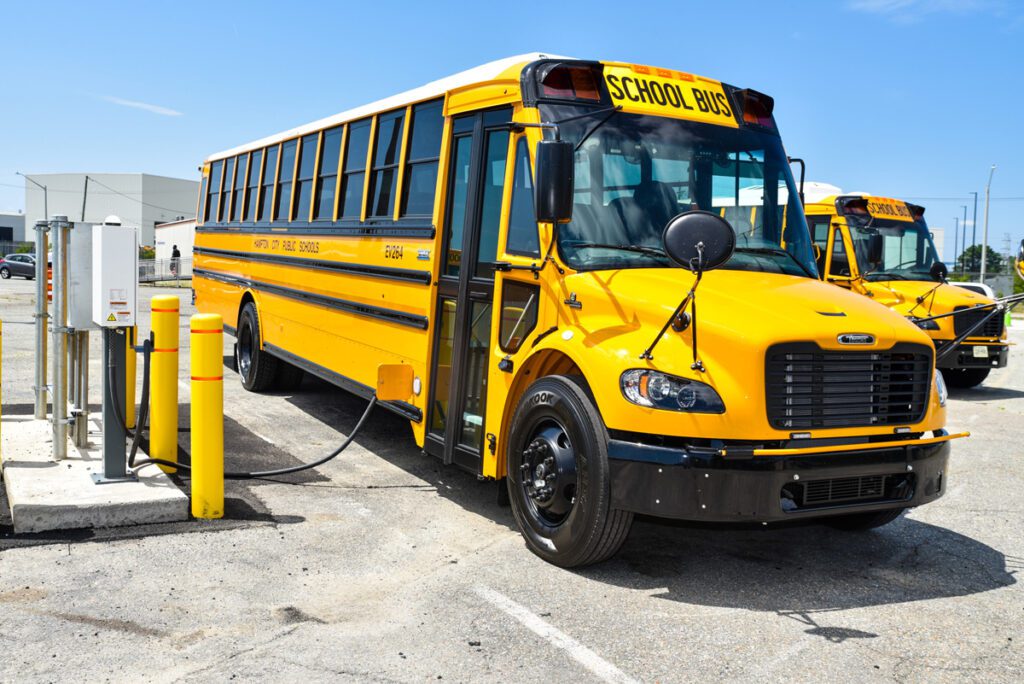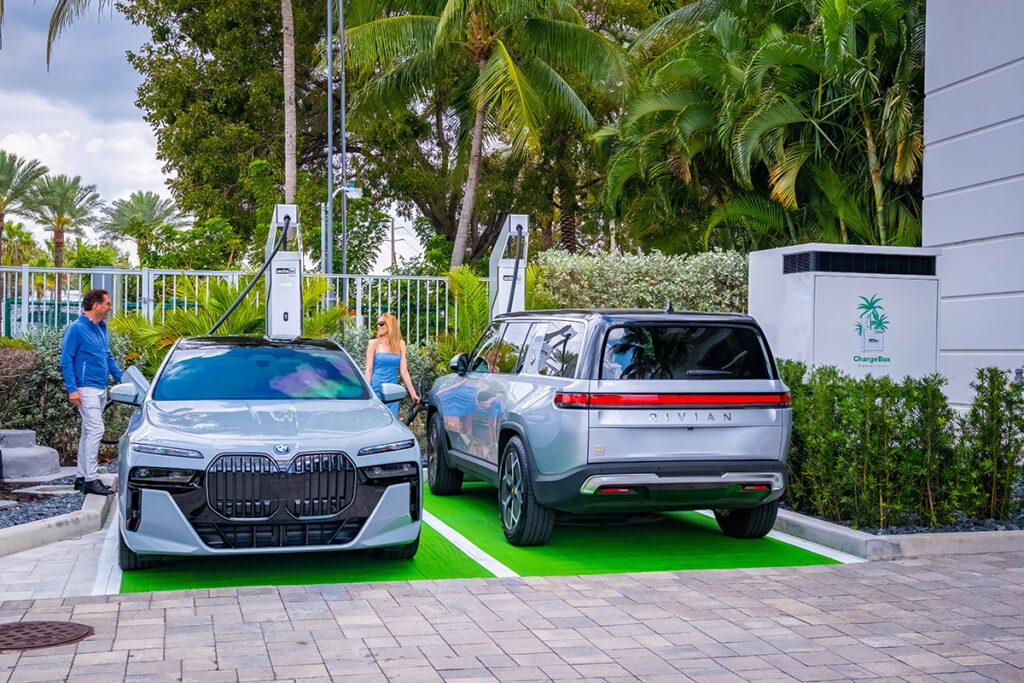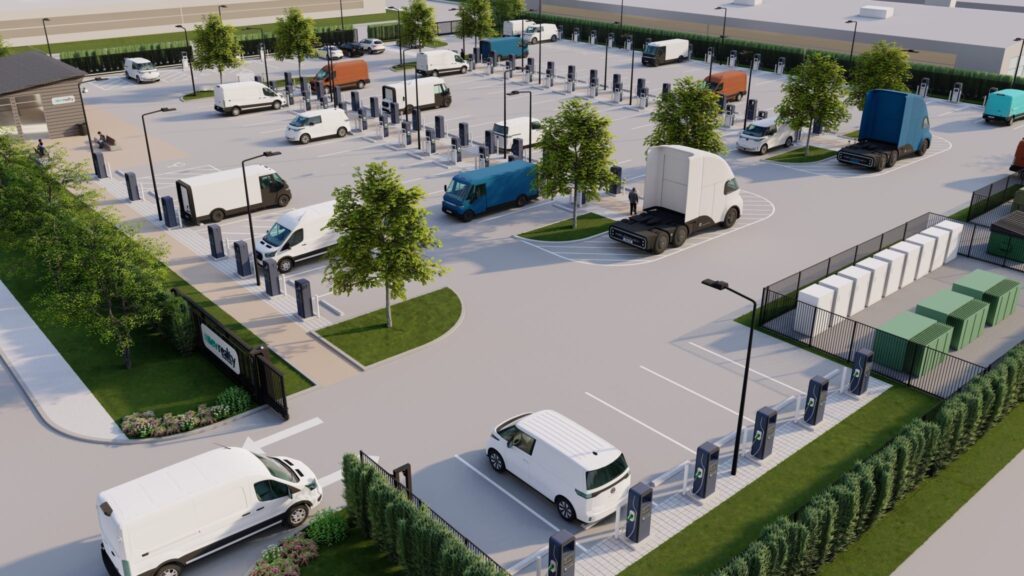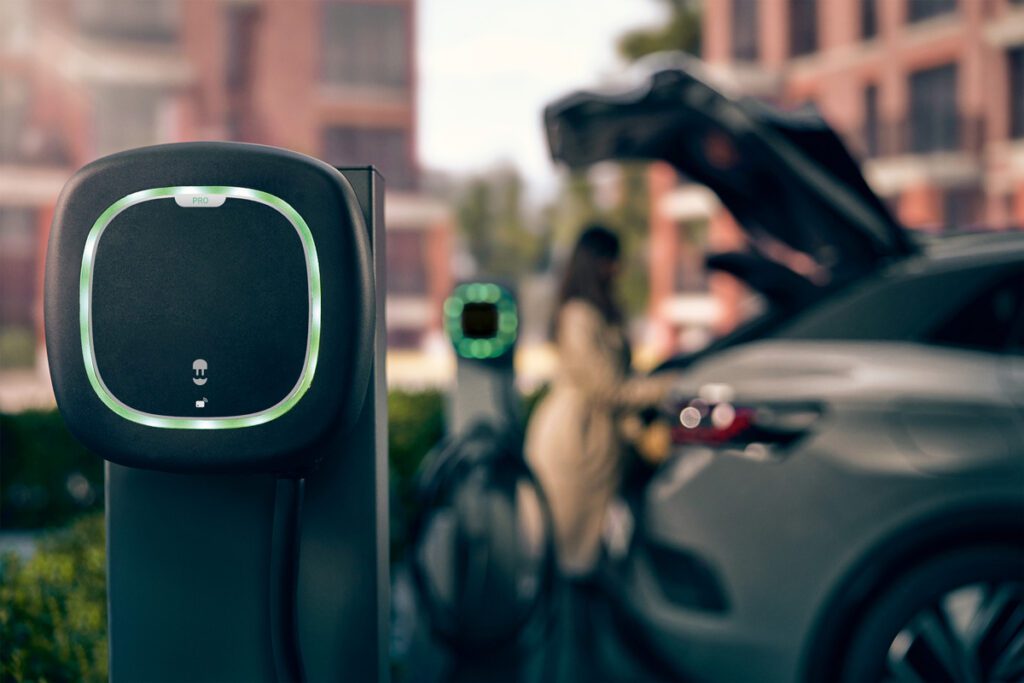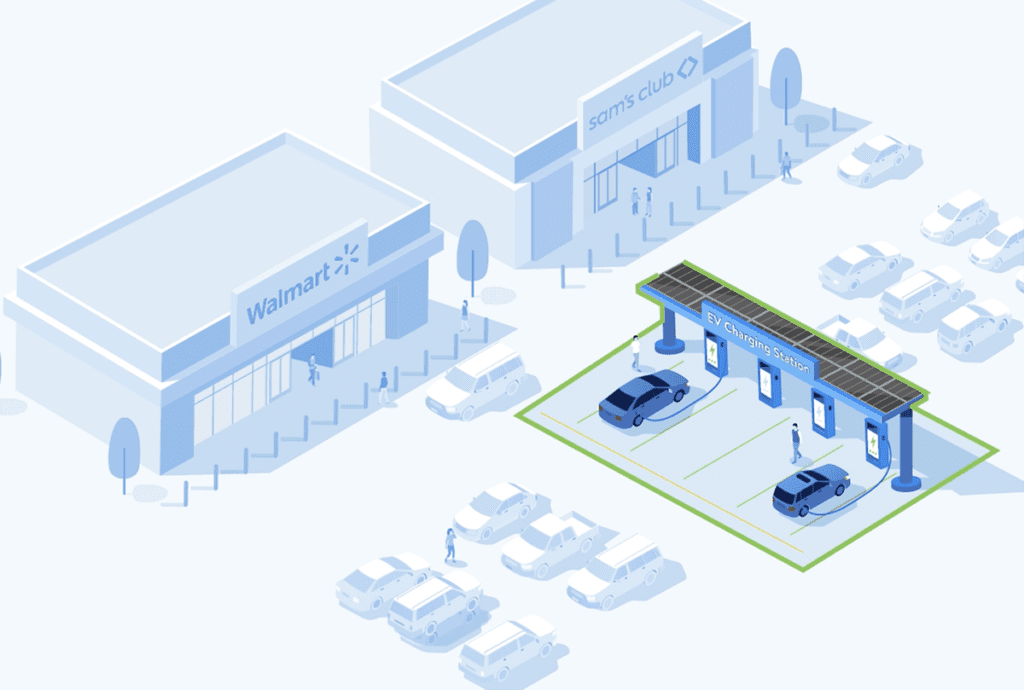Nissan and Endesa have agreed to work together to develop a mass-market vehicle-to-grid (V2G) system. The two companies plan to introduce V2G services in the European market and to explore the use of second-life EV batteries for stationary applications.
“Every Nissan electric vehicle battery contains a power storage capability that will prove useful in contributing towards smarter and responsible management of the power demand and supply of local power grids, thus reducing our EV total cost of ownership,” said Paul Willcox, Chairman of Nissan Europe. “Not only does this represent an opportunity for Nissan’s EV private and fleet owners, it could also support grid stability and fully demonstrate that each Nissan EV represents a tangible social asset.”
A major challenge for electricity management systems is assuring grid stability, especially in countries with high levels of renewable energy generation. In the future, EVs could be at the center of an integrated system that allows owners to participate in wholesale energy markets using the power stored in their batteries. The EV user could not only decide when and where to charge their EV, but how best to resell the energy stored in its battery pack, receiving financial benefits for doing so.
“The flexibility offered by V2G implementation in terms of storing and releasing green energy into the grid will further enhance the already significant and tangible benefits of electric mobility,” said Javier Uriarte, Head of Market Iberia at Endesa.
The system consists of the Endesa two-way charger and an energy management system that can also integrate off-grid power generation. Using this equipment, a Nissan LEAF or e-NV200 owner can charge at low-demand tariff periods, with an option to then use the electricity stored in the battery at home when costs are higher, or to feed it back to the grid for a net financial benefit.
Source: Nissan





















































